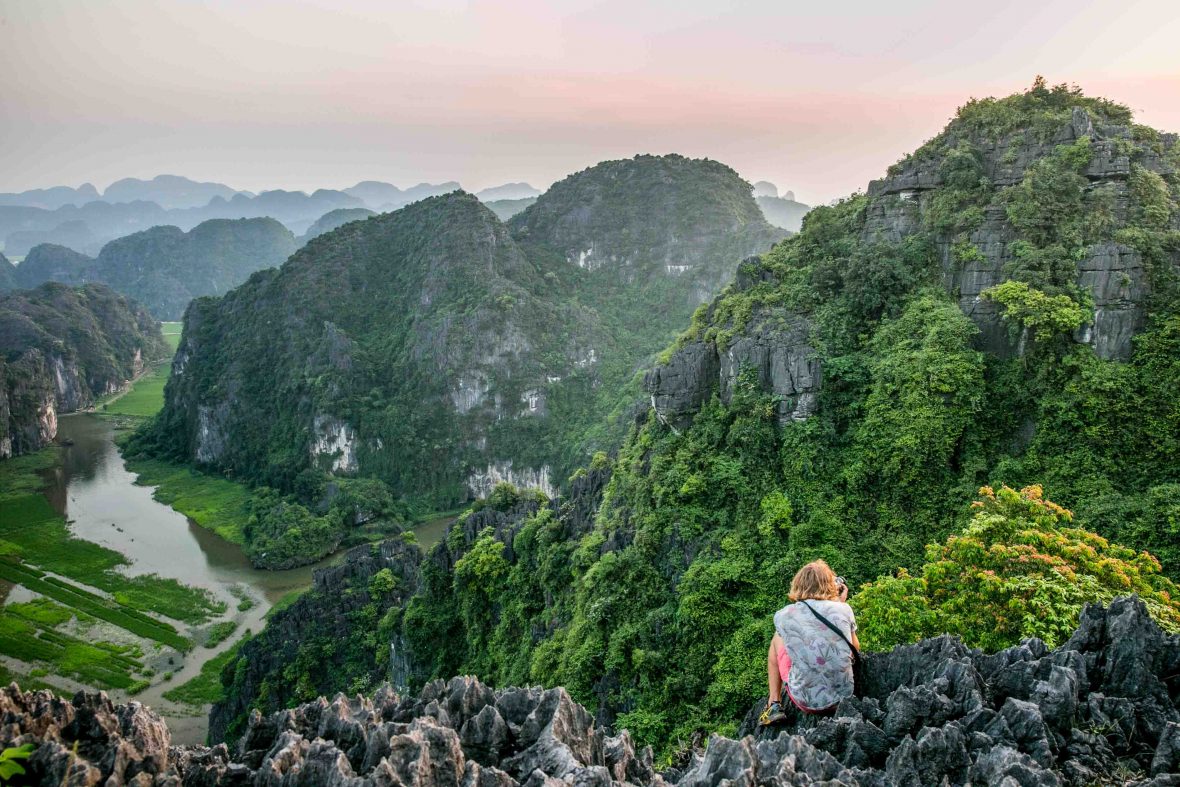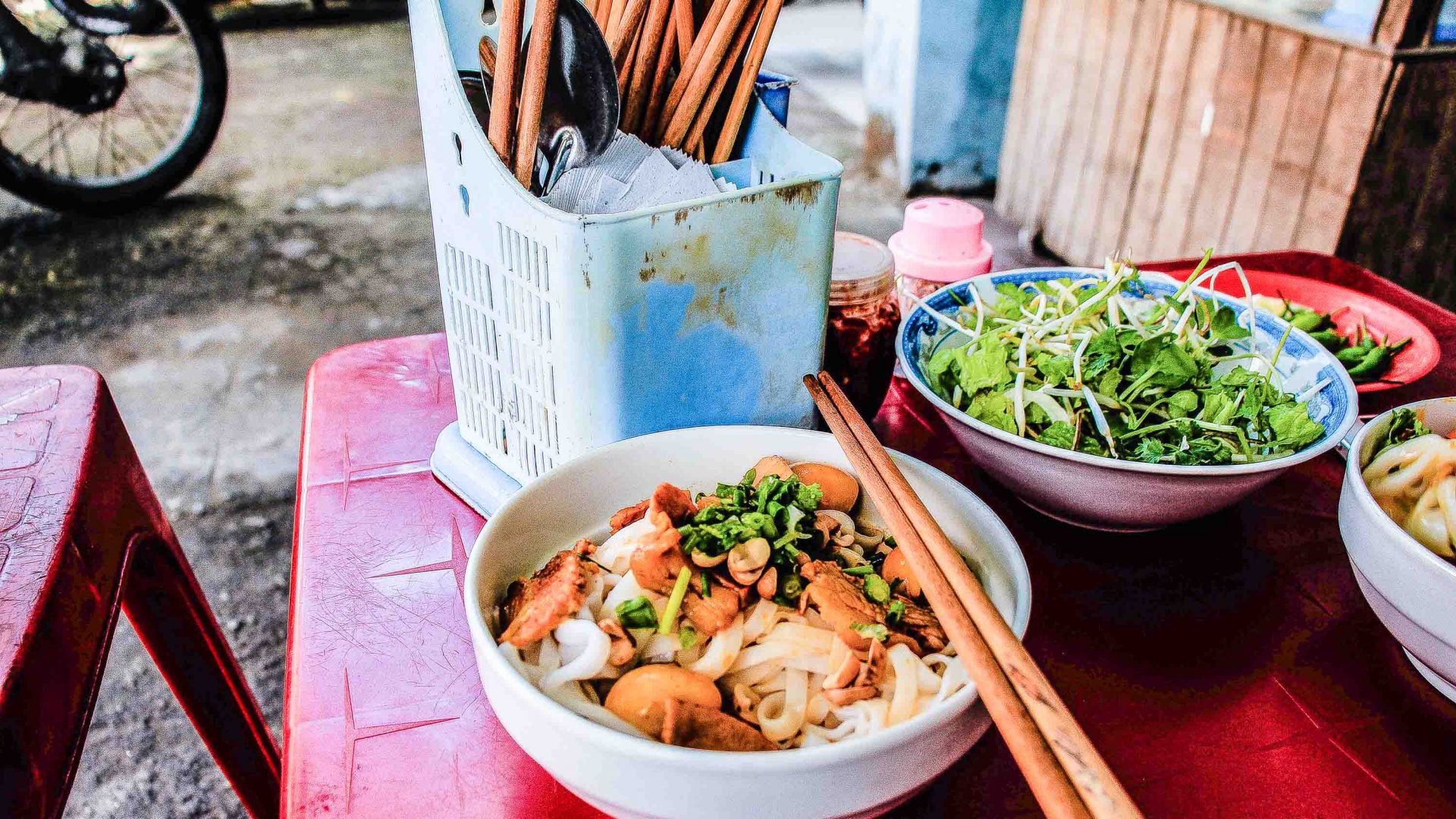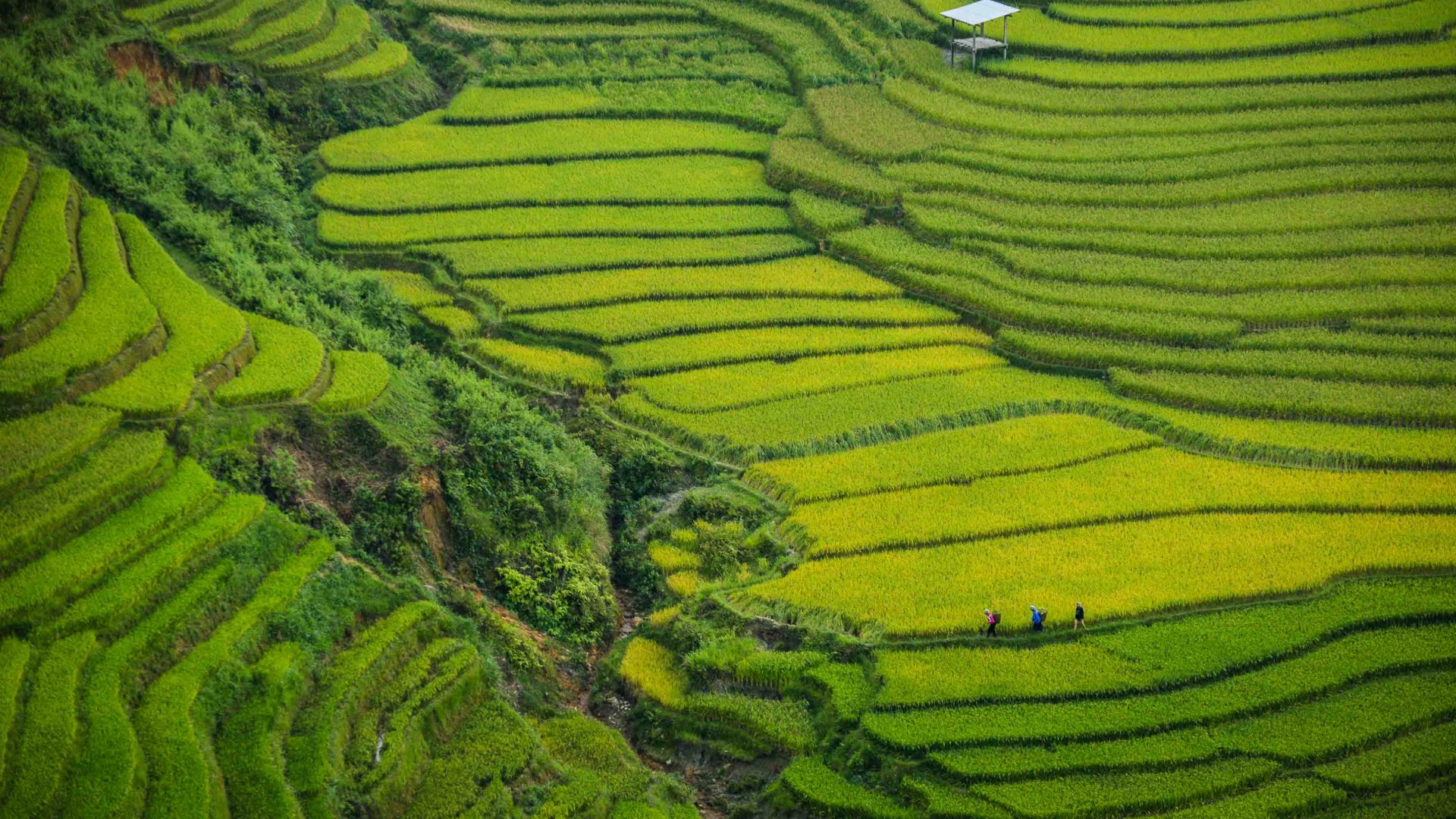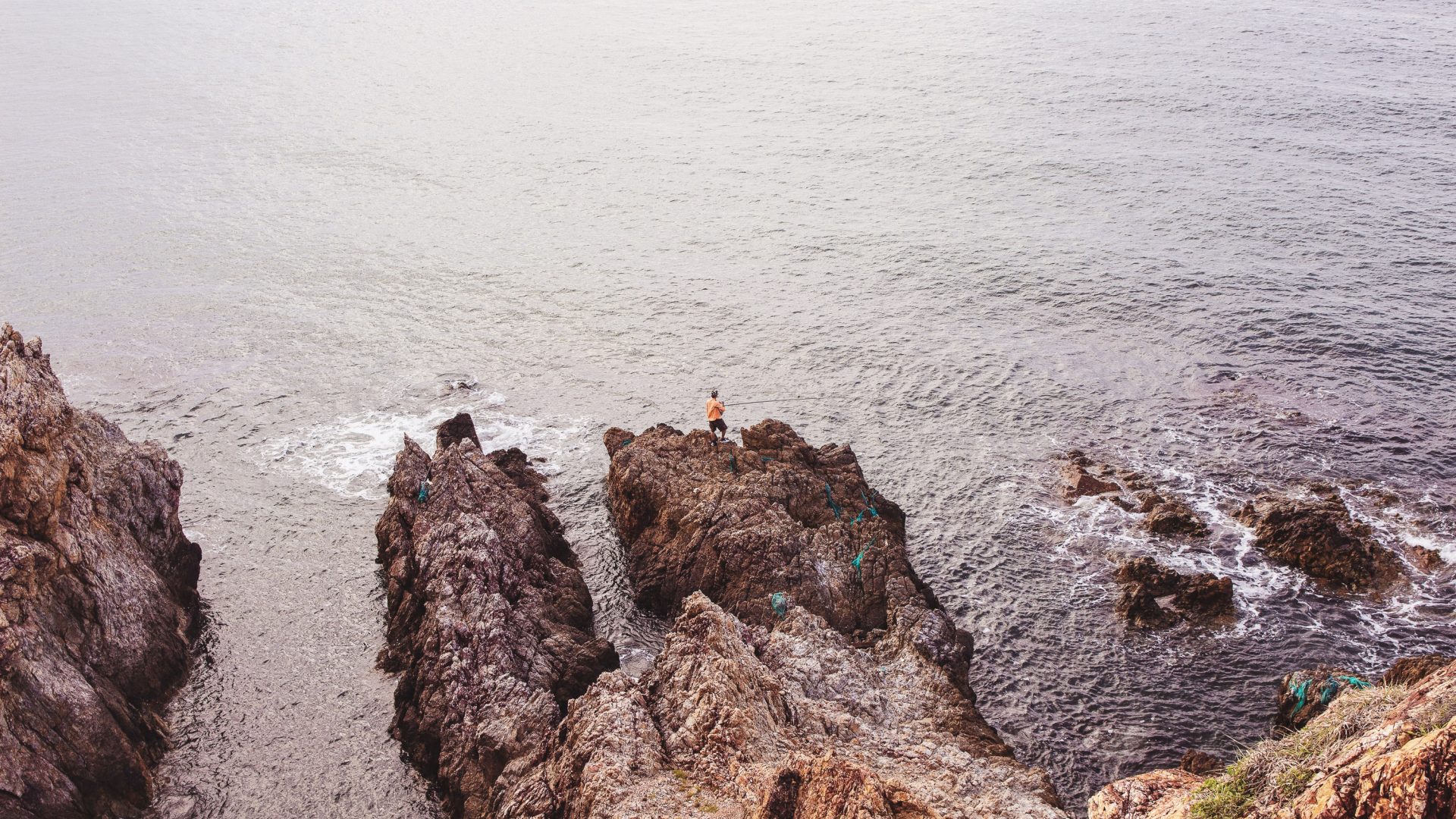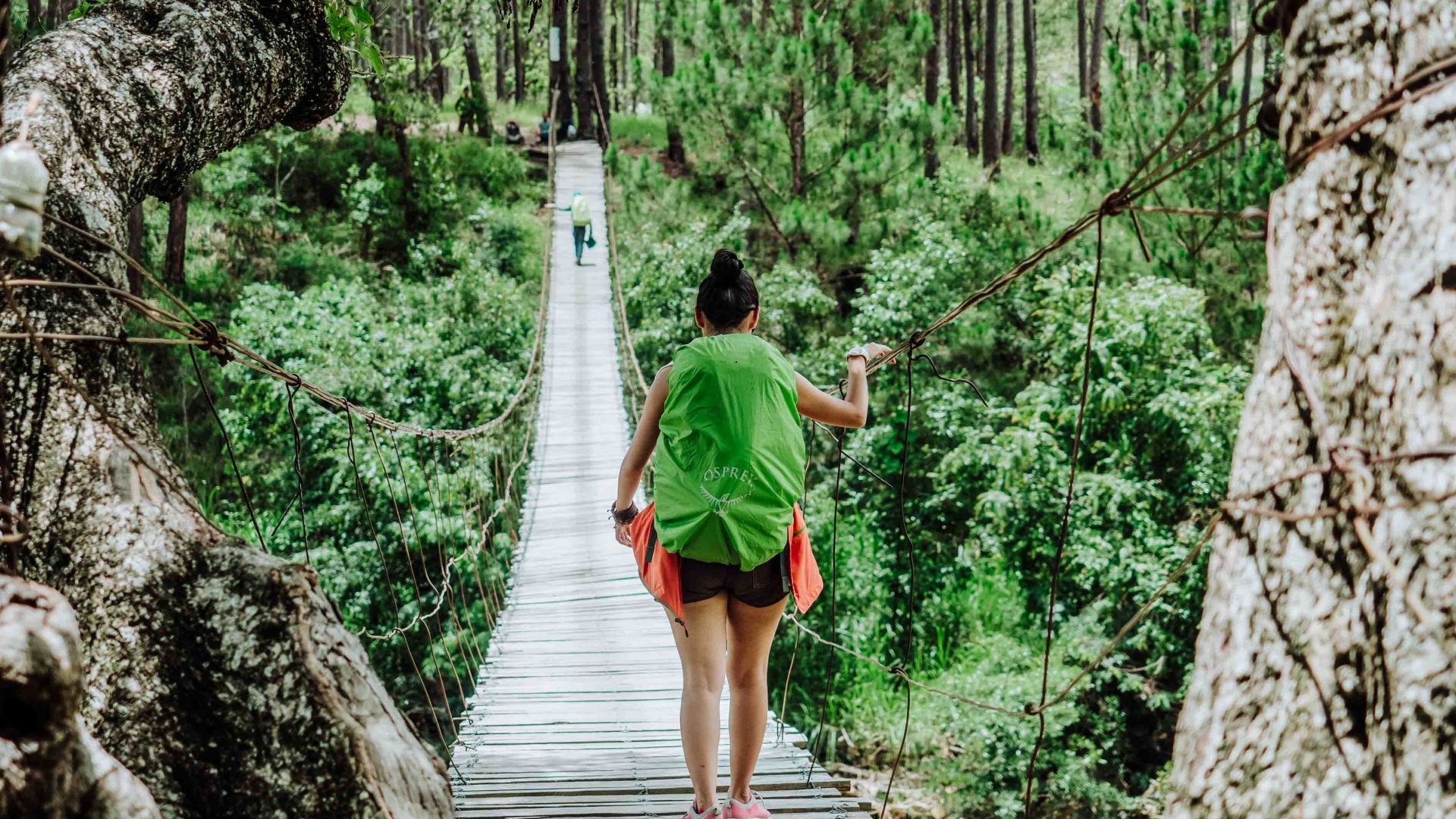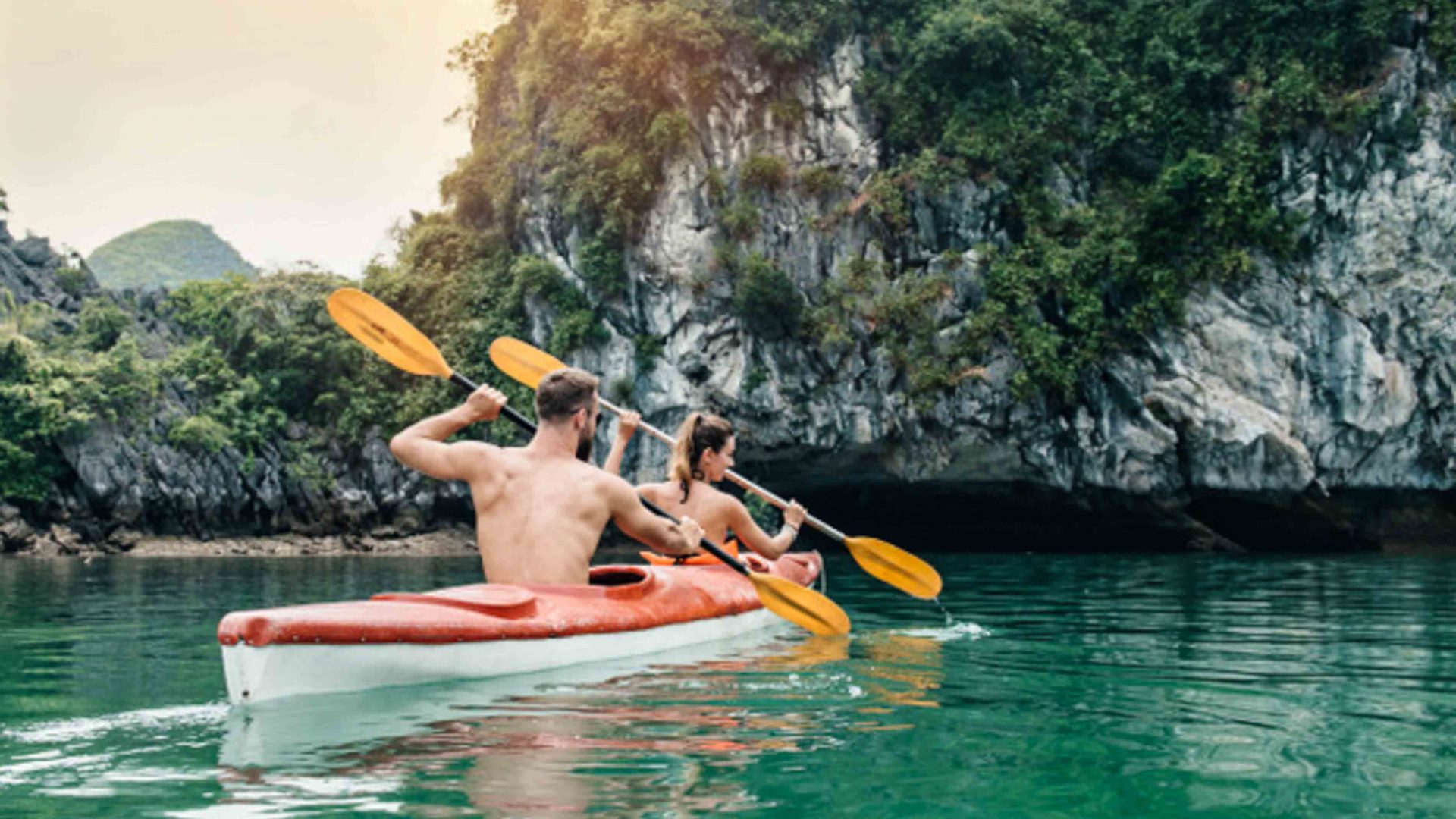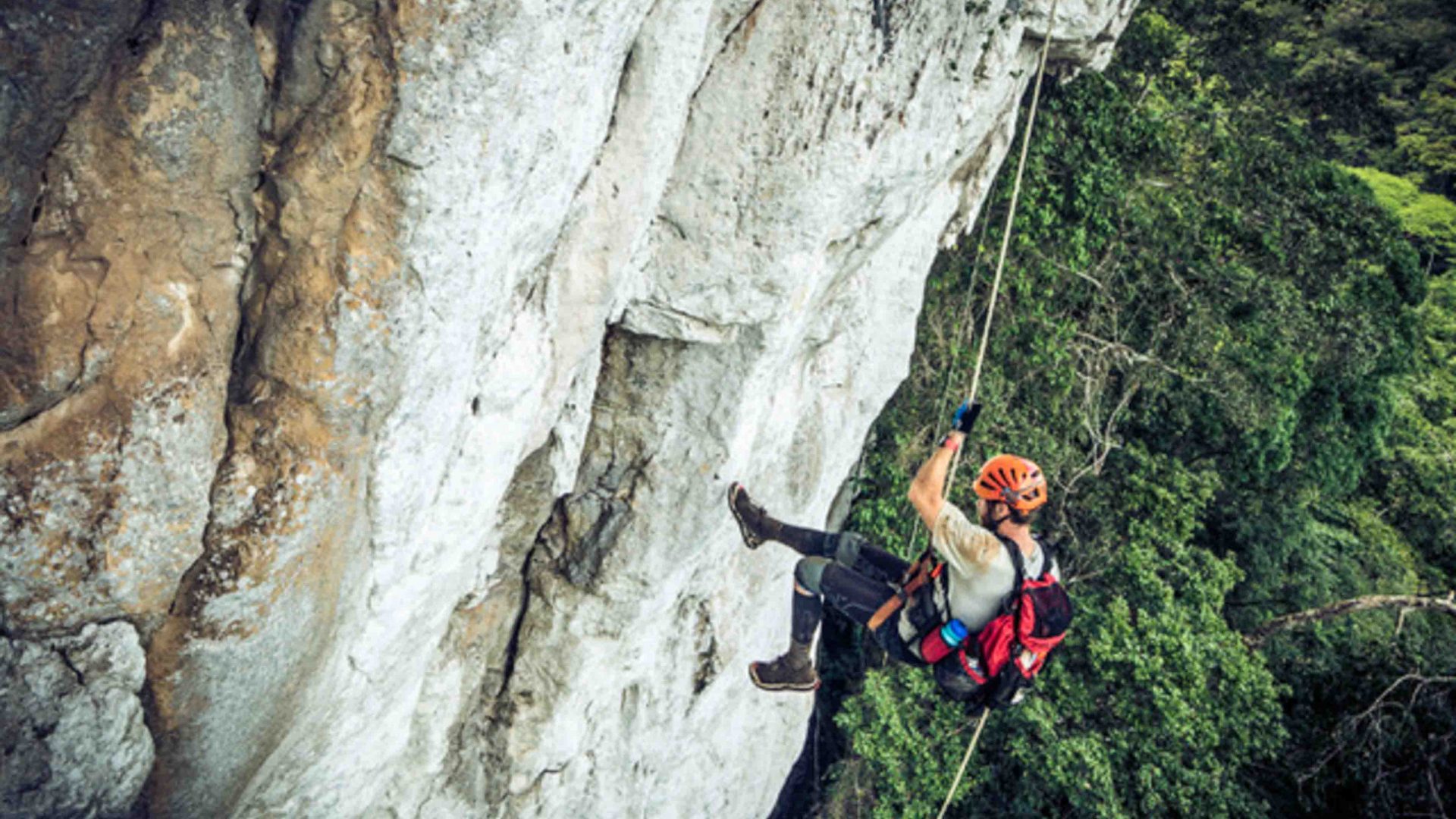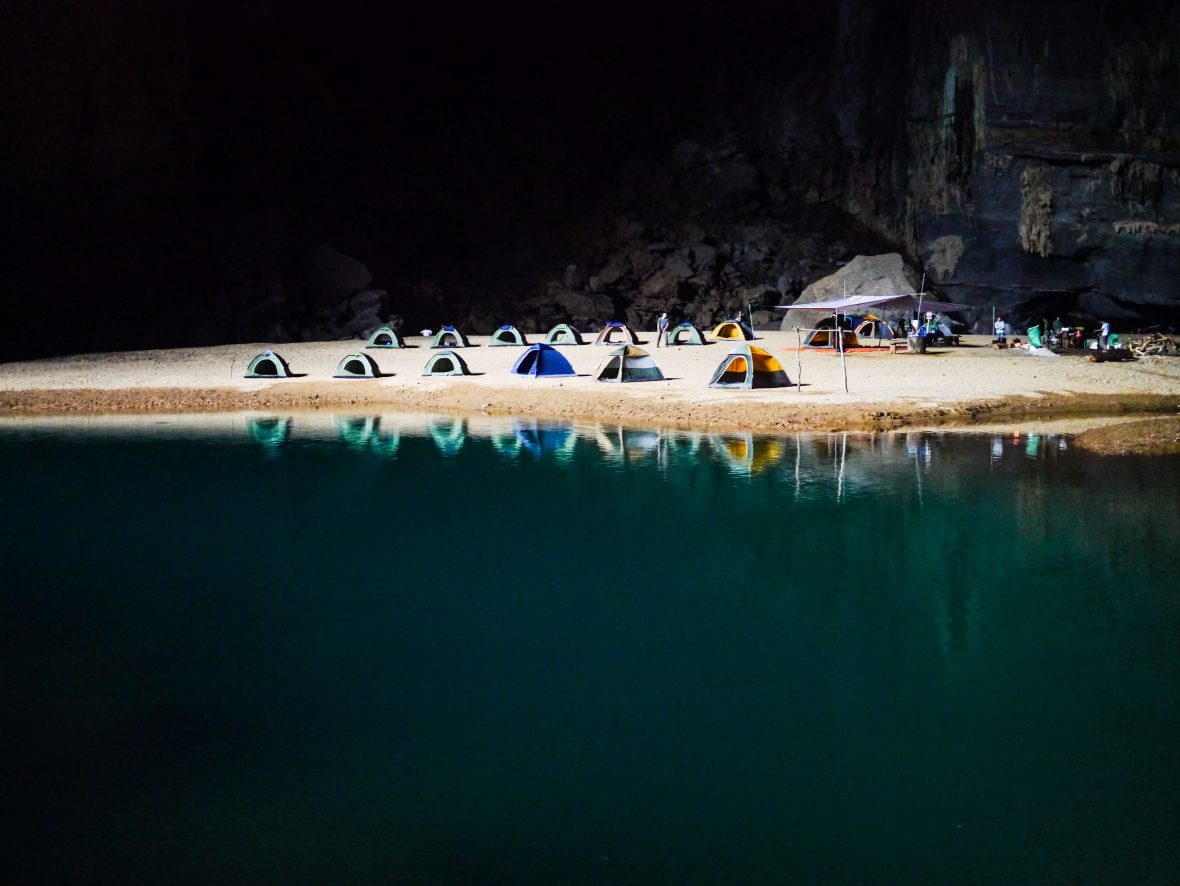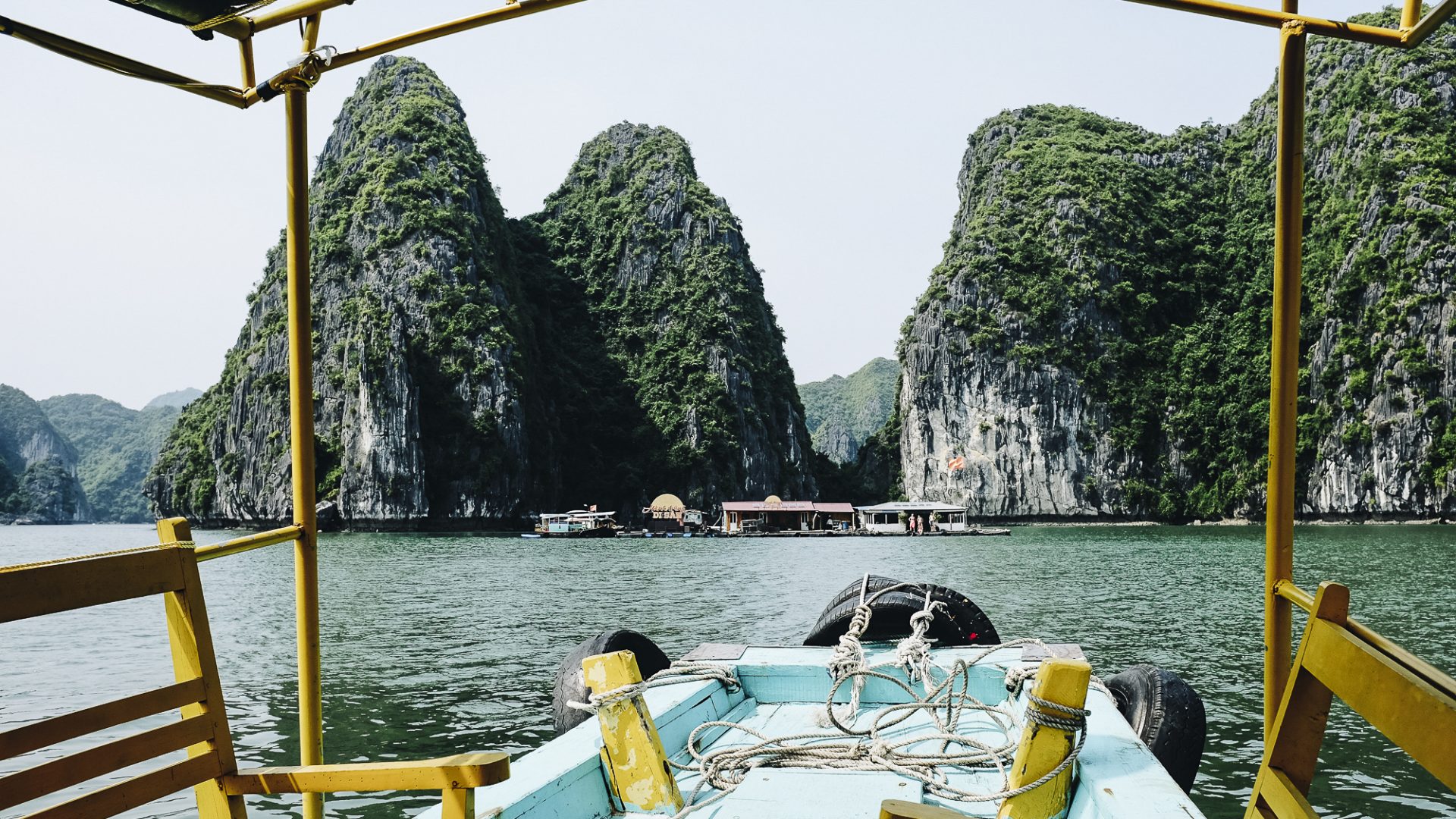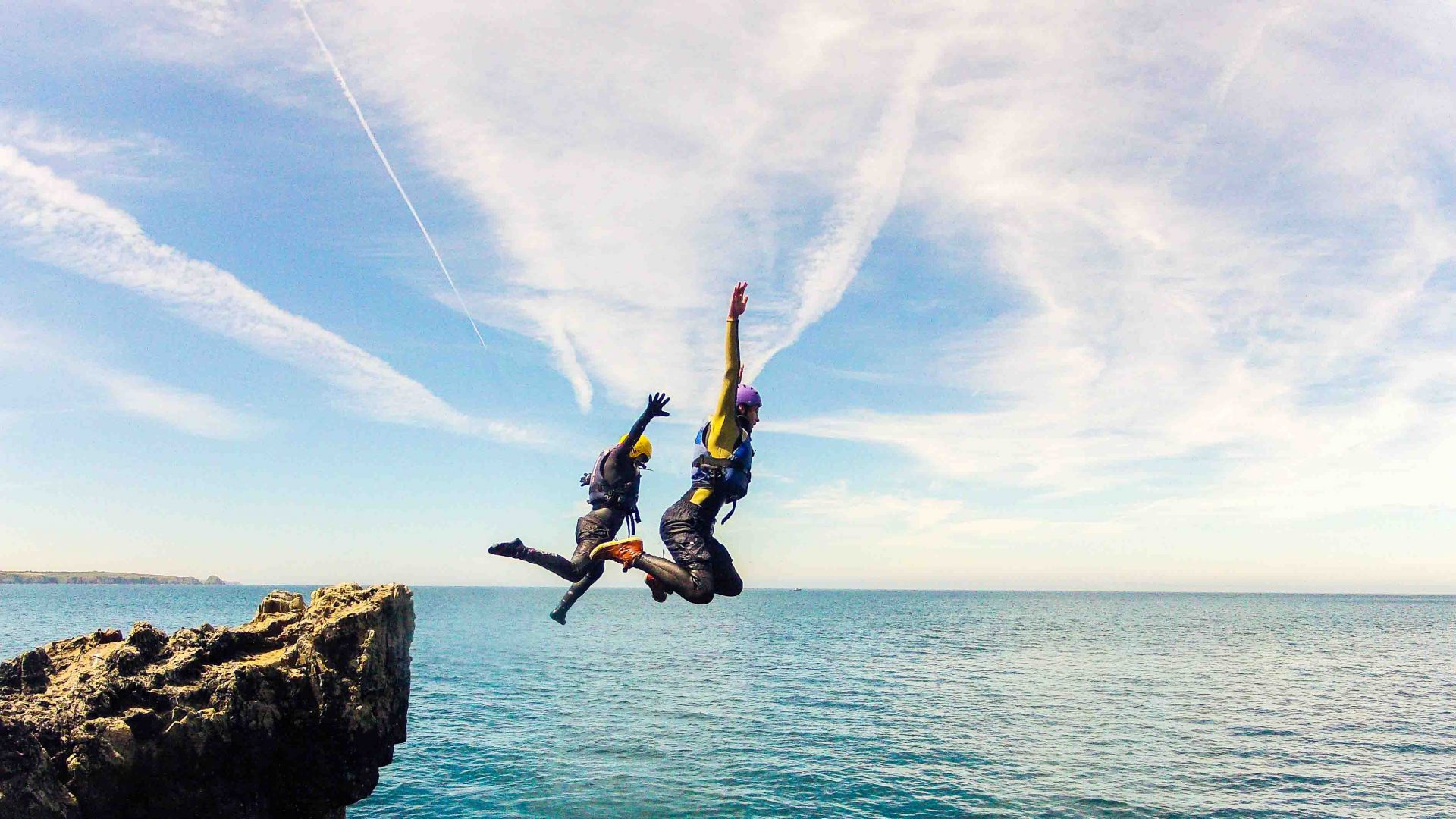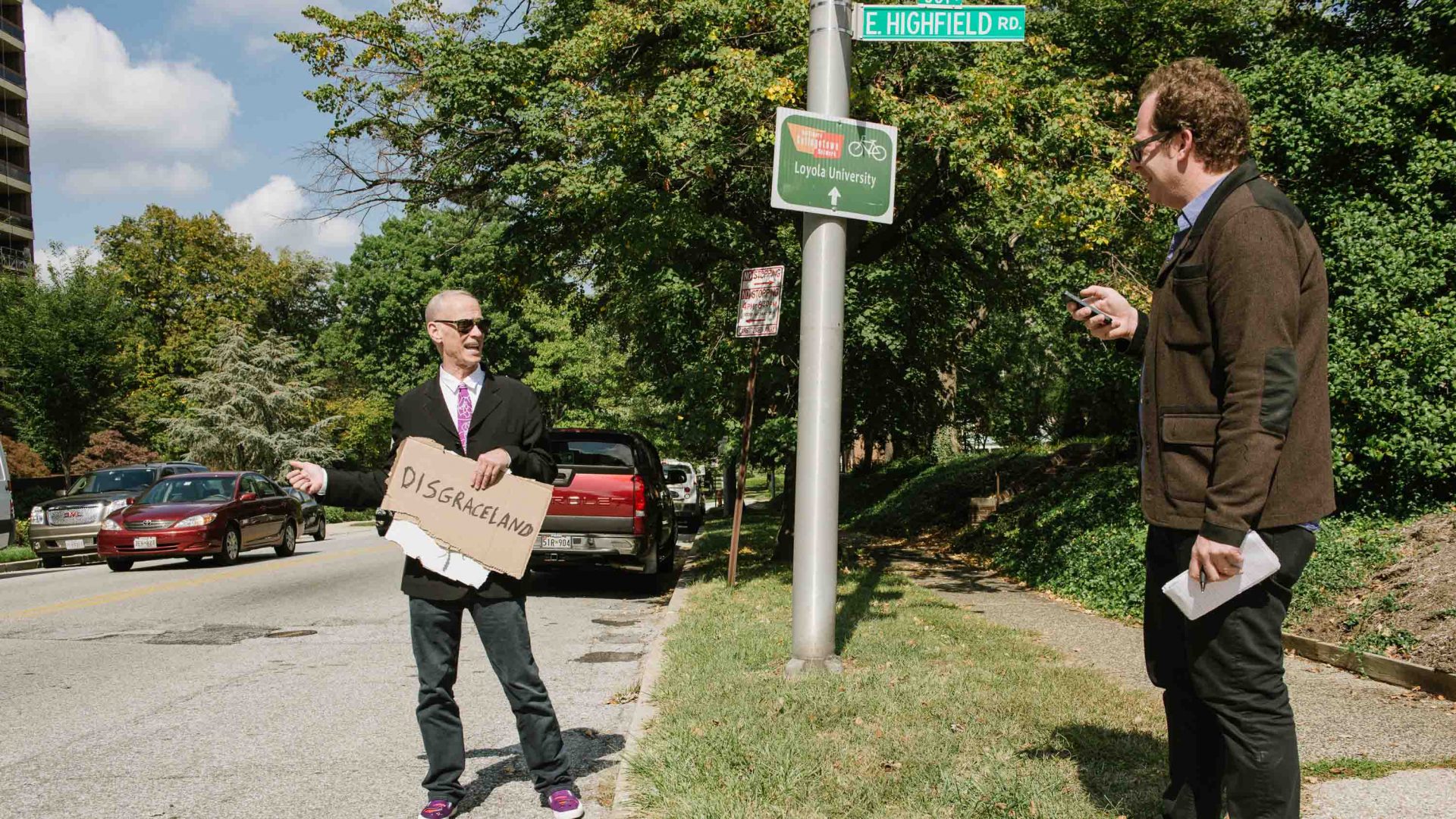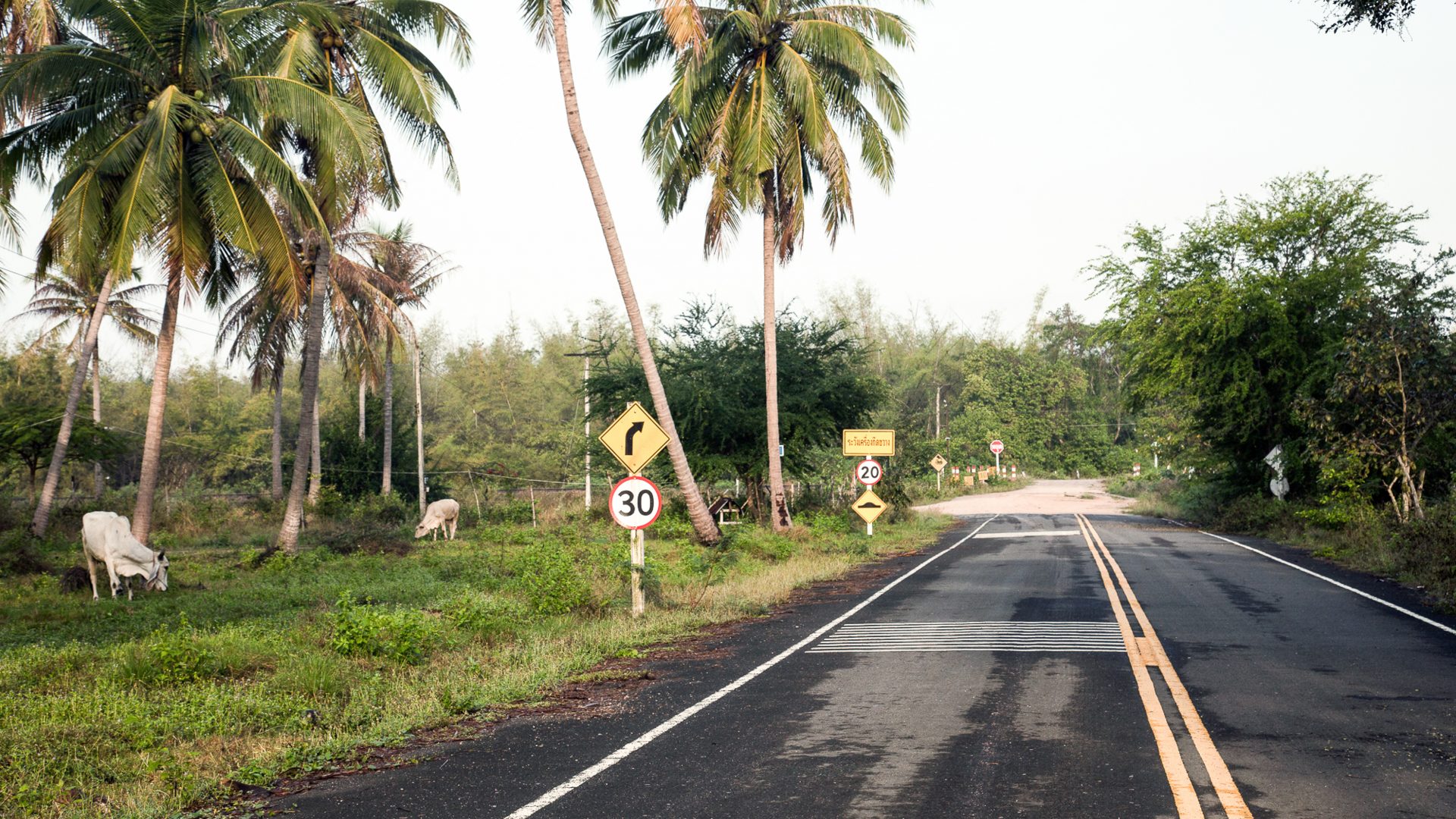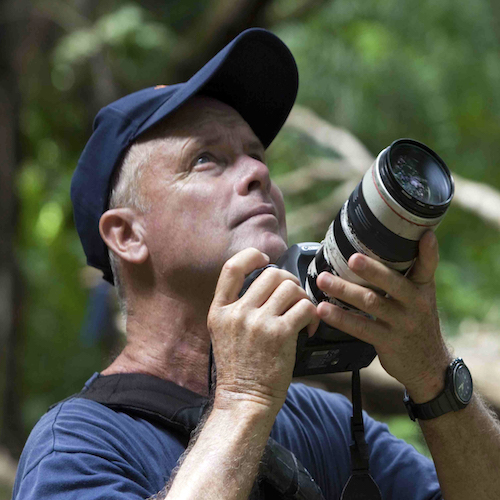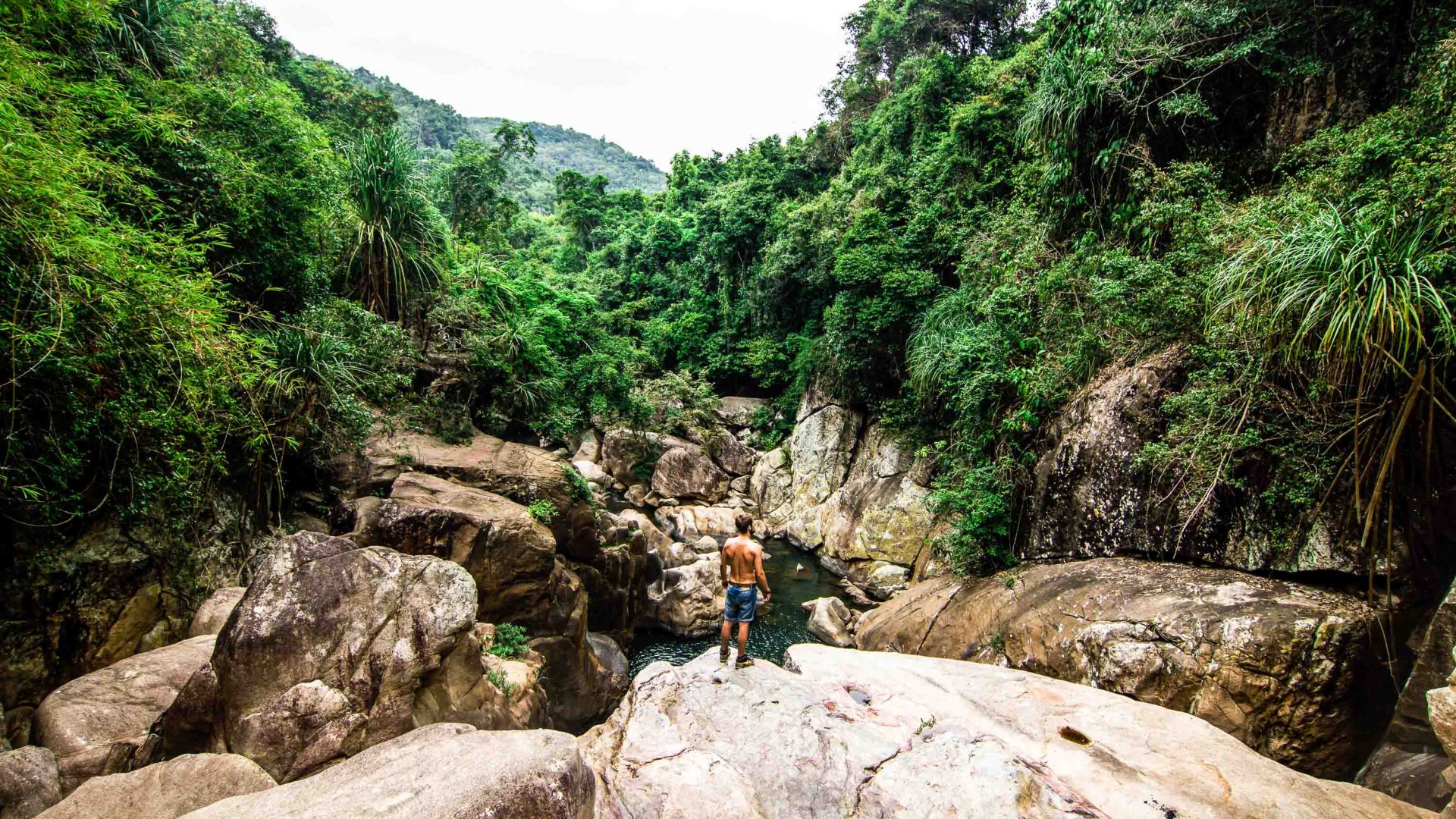
Traditionally a destination associated with war history and culinary tourism, Vietnam is fast shedding its skin, updating its image, and becoming a hub for adventure seekers.
The heavenly landscapes, the scarred history, the tastebud-dizzying cuisine: For years, my travel-o-meter has fixated upon the glories of Vietnam (largely the result of binge-watching the salacious quests of gonzo Viet-aficionado Anthony Bourdain.)
Yet despite my handful of Southeast Asian encounters to date, Vietnam remains—achingly—on my list of things to chew. And now it turns out there’s a burgeoning new reason to drop it all and make the trip across.
Though not traditionally cast as a prime nook for adventure tourism, the scene is shifting fast. As the old trend of piña colada-sipping beachside vacays gives way to more adventurous long-haul outings worldwide, Vietnam is looking inward and asking: Why can’t we be the next Southeast Asian adventure destination?


